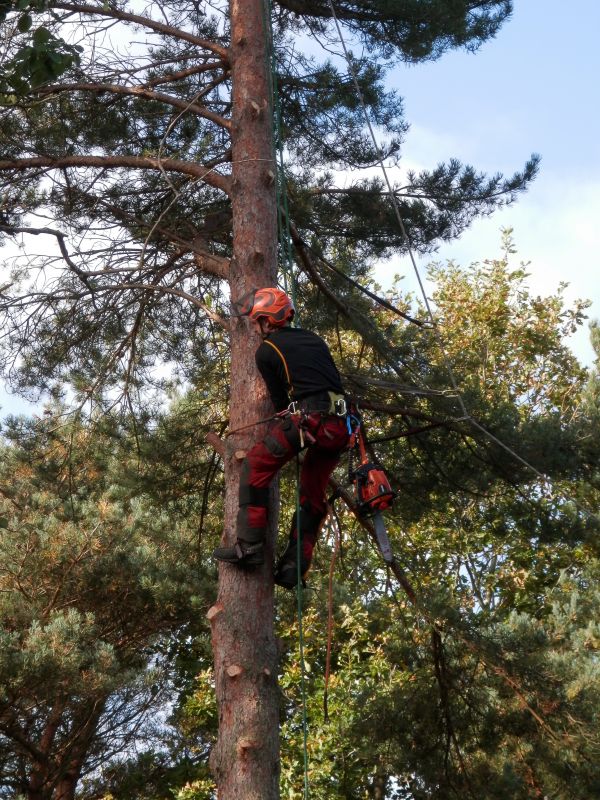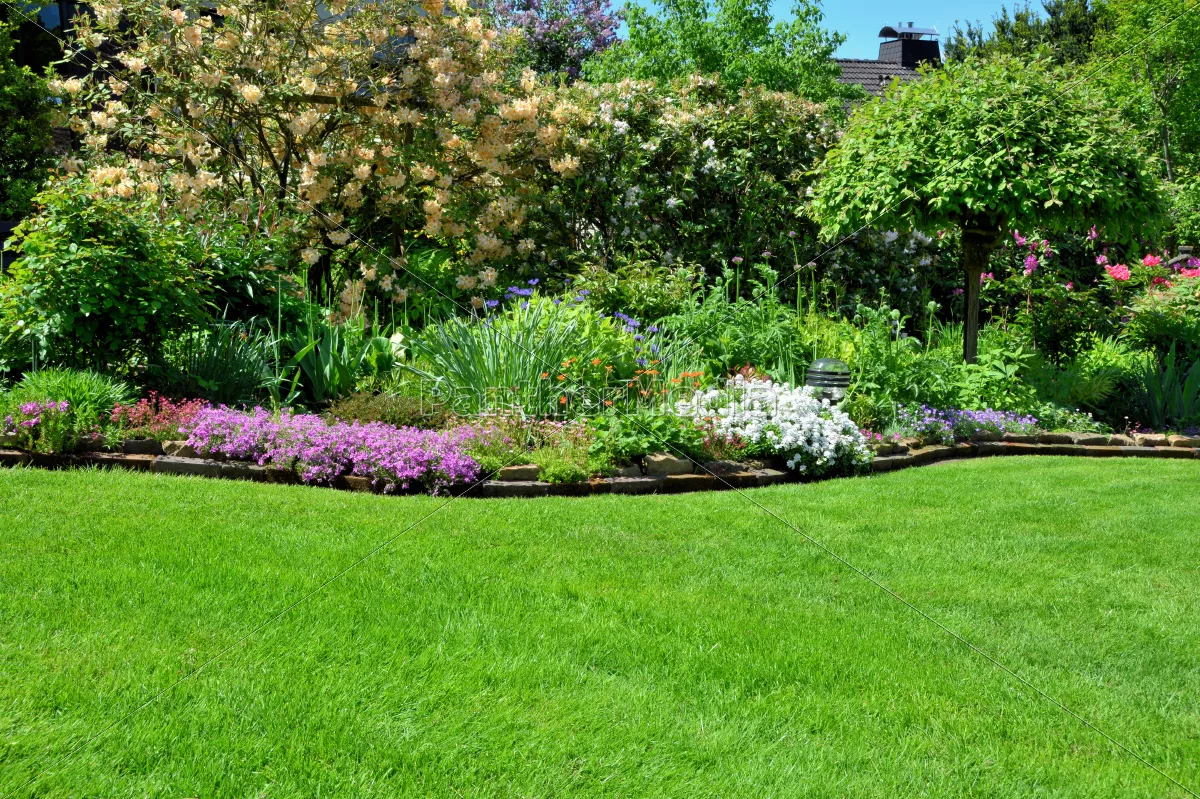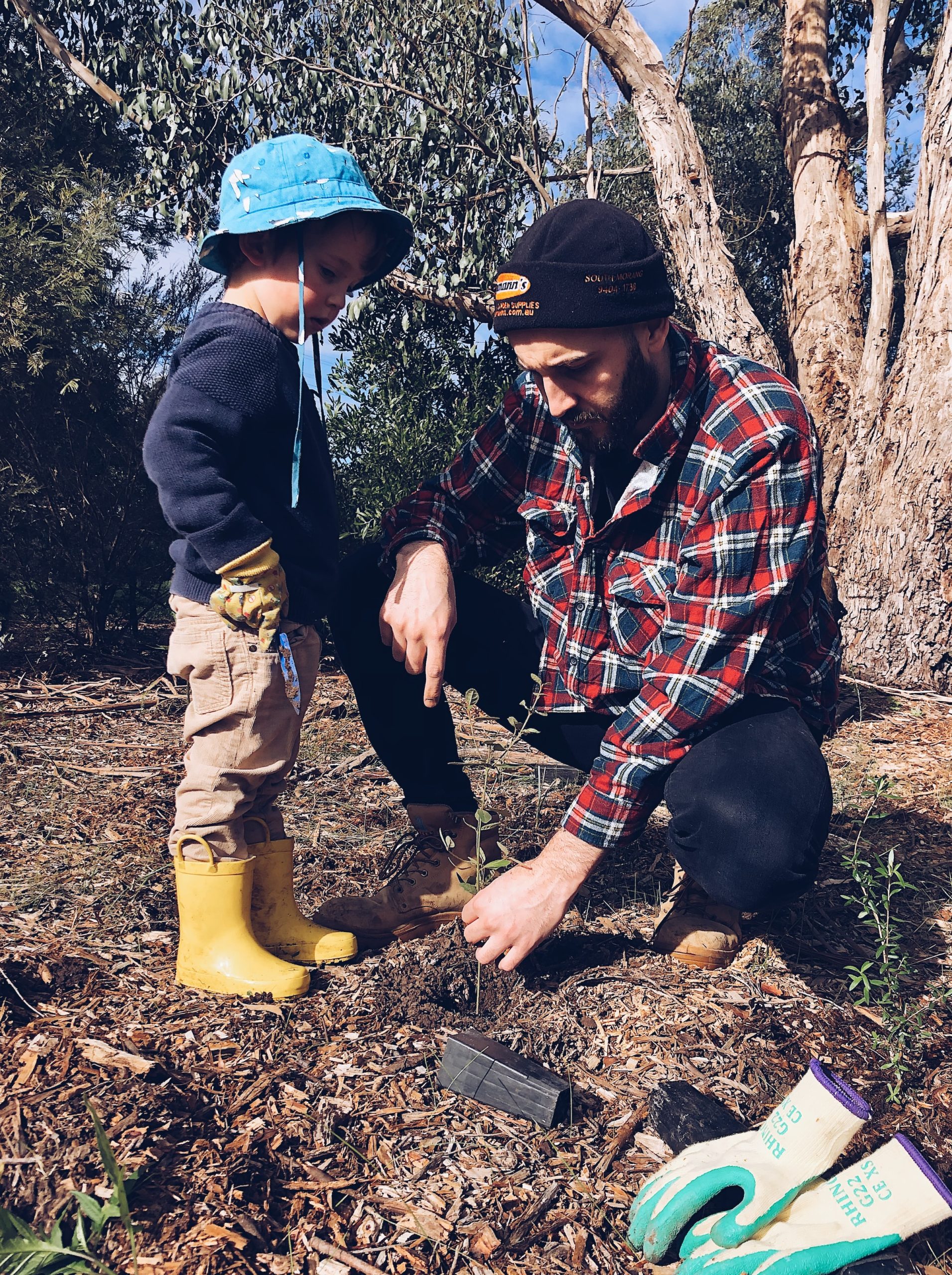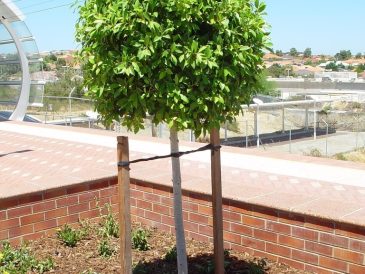The work of an arborist consists of pruning and maintaining ornamental trees. It is a risky job requiring the application of strict protective measures. To do so, you must be equipped with the appropriate material. So, without further ado, let’s dive into this blog and learn some of the things you need to know before becoming an arborist in France.
Personal Protective Equipment (PPE) A helmet
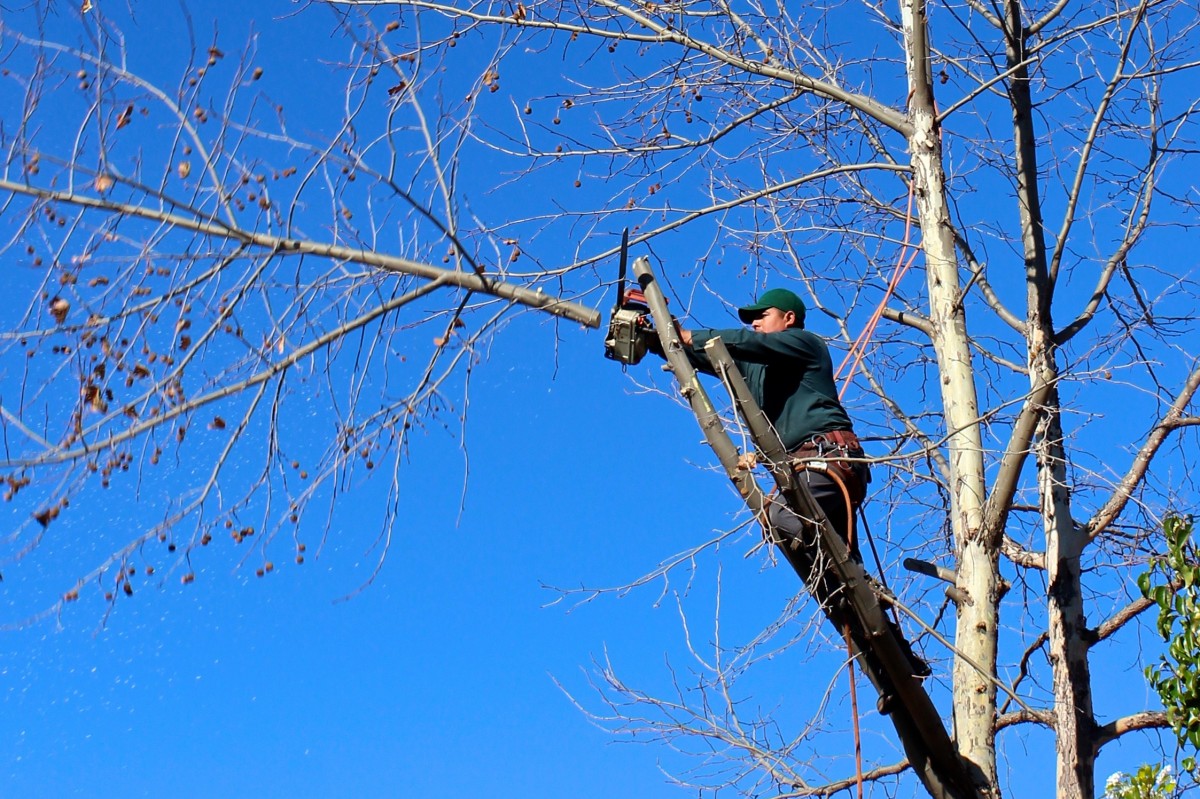
A pruning helmet protects you from falling tree branches. It also protects you if you fall or slip while climbing. It is imperative to choose a light polycarbonate helmet that meets the EN 397 and EN 12492 standards. In addition, this helmet must be equipped with hearing, face, and eye protection, such as a pair of goggles, ear plugs, and a visor. If you want all these elements in one helmet, choose a forestry helmet that complies with EN 352-1, EN 397, and EN 1731.
Footwear
You should choose non-slip safety shoes to protect your ankles in case of a fall.
Gloves and cuffs
This is mainly for cut protection. Gloves and sleeves also reduce the sensation of vibration transmitted to the hands and prevent the penetration of a splinter.
Work clothes
In general, this clothing is designed to protect you from cuts. Protective pants and vests that meet the EN 381-11 standard are the most common.
Climbing equipment
The harness
A pruning harness must meet the EN 358 and EN 361 standards. Several models of harness exist, but make sure that it is equipped with:
-
- A support belt and an under-belly belt
-
- A dorsal and ventral lashing
-
- A stainless steel buckle.
The rope
The rope to be used must be at least 30 m long. It must also be strong, elastic, and resistant.
The false fork
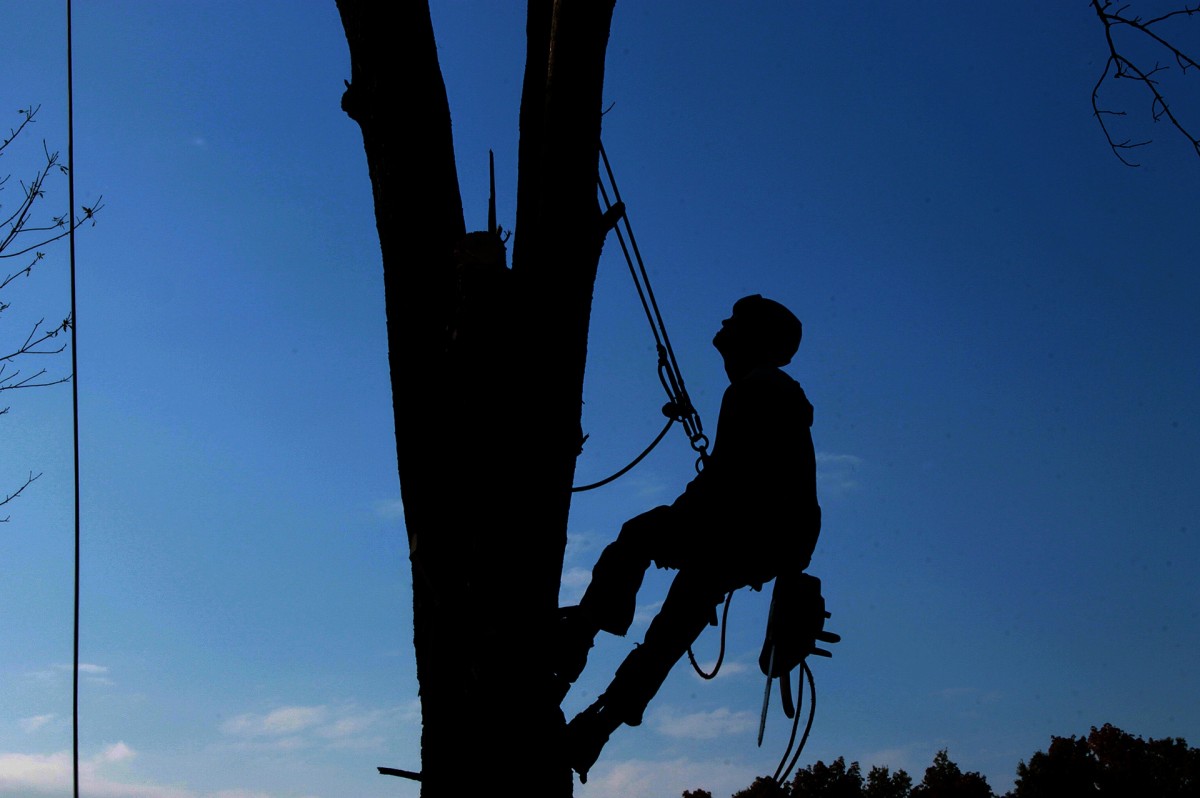
The false fork is a protective strap that helps the ropes slide through the metal eyelets.
Safety lanyards
These 2 to 3 m long ropes keep you under tension and prevent falls. It is recommended to use steel or stainless steel carabiners to attach them. These lanyards must comply with current standards: EN 358 for a holding lanyard and EN 355 for an anti-fall lanyard.
Climbers
Climbers are fixed vertically on the leg at the calf level. Generally made of steel, they allow you to climb a tree without damaging its bark.
The rope throw
Rope throwing comes in many forms, such as telescopic poles, elastic catapults, grappling hooks, etc.
The descender and turnbuckles
These are used to secure ropes and lanyards.
Cutting equipment
If you want to work from the ground, equipment that works with a telescopic pole is preferable.
The weeder
This is a 3 to 4-m manual pole dedicated to pruning work. The pruner has a saw or shear blades to cut twigs and small branches with a diameter of 1 cm. It can also be used for pruning fruit trees, soft pruning, and for pruning in the shape of a marotte.
The pruning saw
Instead of using a ladder, opt for the pruning saw. It allows you to cut branches up to 8 cm in diameter and those that are difficult to reach without danger. In any case, the intervention of an arborist climber is essential. Furthermore, if you plan to work at height, you need :
-
- A branch cutter (with straight or anvil blades)
-
- A pruning saw without a telescopic handle
-
- A chain saw for pruning.
Mechanical equipment
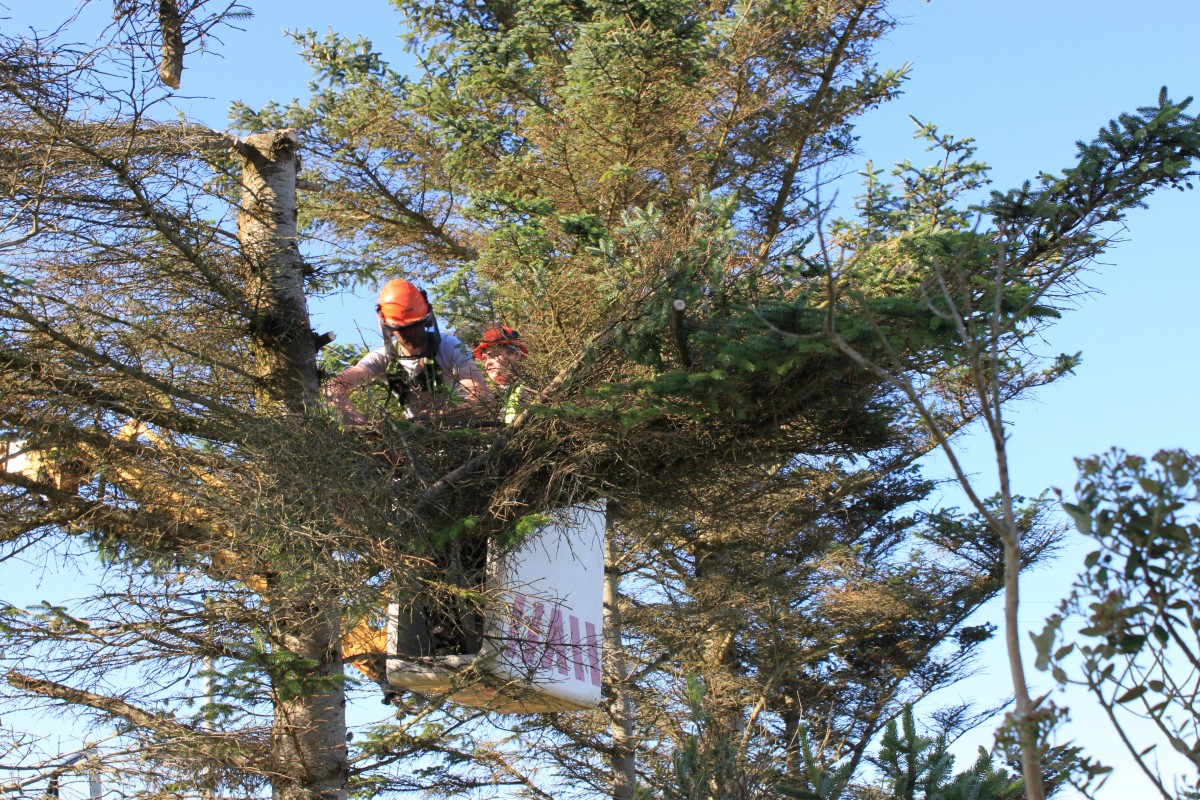
Motorized machines are used to reduce physical efforts during an intervention on a large construction site. We can distinguish:
-
- A spider basket
-
- A trailer
-
- A splitter
-
- A skidding winch, etc.
Sound off in the comments section below and tell us what you want to read next and if you want to read more about becoming an arborist.

